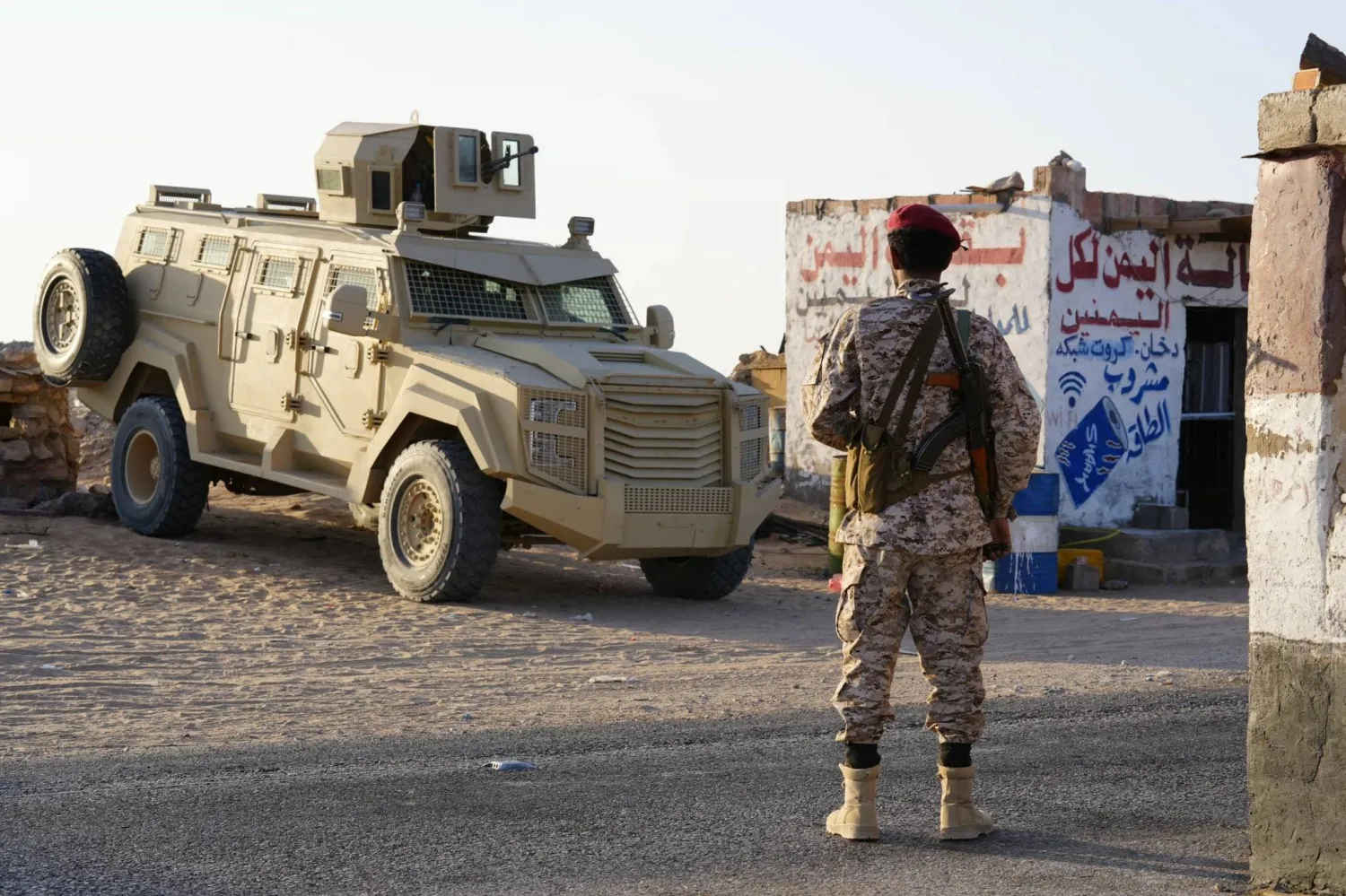Markets in Damascus registered a decrease in the exchange rate of the Syrian pound against the US dollar, a few hours after the explosion of one of the branch gas lines in Al-Sukhnah in the desert of Homs, on the administrative borders of Deir Ezzor governorate.
The USD exchange rate in Damascus hit SYP 3040 on Saturday, while in Aleppo it reached SYP 3030, amid the exacerbation of the fuel and bread crises in the regime-controlled areas.
In parallel, the Syrian Jazira region saw the eruption of chaos. A video broadcast by Kurdish activists in the city of Hassakeh showed the police chasing a number of civilian demonstrators, who were protesting against a security siege imposed on the neighborhoods of the city center, which is controlled by the Syrian regime.
On the other hand, the imam and preacher of the Great Mosque in Hassakeh, Ahmed Ismail, called on the “international community and humanitarian organizations” to convey the voice of the people to the world, and to shed light on the “harsh siege” imposed by the Syrian Democratic Forces on the people of the cities of Hassakeh and Qamishli.
The Syrian Observatory for Human Rights (SOHR) reported that the Syrian regime forces and their security apparatus continue to impose a blockade on areas controlled by the Kurdish forces within the towns and villages of the northern countryside of Aleppo, “where the Fourth Division checkpoints prevent the entry of flour, fuel, and medicine.”
The neighborhoods of Hassakeh are witnessing an unprecedented military mobilization on both sides, with military skirmishes recorded despite Moscow’s efforts to reduce the escalation.









